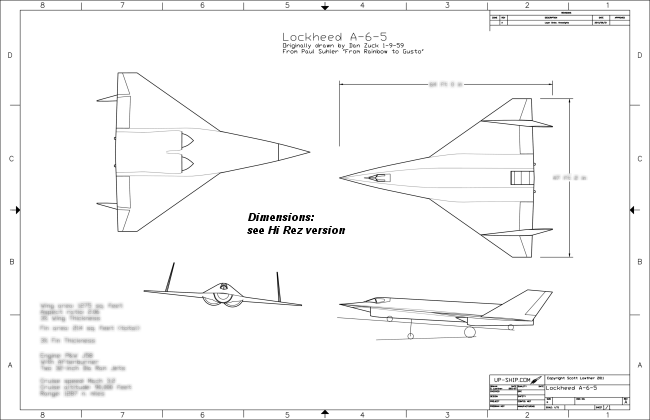One thing that irks me is the use of misleading statistics in order to score politicl points. I don’t mean flat-out lies (although that’s certainly irksome), I mean statistics that sound great but do not back up the point they are supposed to be backing up. Take this story about the performance of the pro-Sarah palin documentary “The Undefeated:”
“The Undefeated” Opening Day Ground Report
Victory Film Group’s The Undefeated opened on Friday July 15, 2011 and ended up having an average gross of $6570 per theater. If that wasn’t enough to convince the dwindling sceptics: The Undefeated was ahead of EVERY movie except Harry Potter!
Sounds impressive, yes? A documentary second only to Harry Potter! But… one small issue. “The Undefeated” opened in a grand total of *ten* theaters. Ten. 10. X. Deca.
I’ve no doubt that a “per theater average” is a useful number in some calculation or other. But come on… comparing “The Undefeated’s” sixty-seven grand first-weekend take with “Harry Potters” one-hundred-sixty-seven MILLION dollar first-weekend domestic take seems disengenuous at best.
I’ve seen this sort of thing before in politics. One that keeps cropping up during debates about the government takeover of healthcare is that “such-and-such country has socialised healthcare and a longer average lifespan, thus meaning that their socialized healthcare is doign a better job of keeping them alive.” Since this ignores cultural factors such as choices of foods, bevarages, behaviors and differences in methods of keeping statistics, it’s a truly useless metric.
FYI: According to Boxofficemojo.com, Harry Potter raked in $481 Million in its first two *days,* counting non-US ticket sales.






